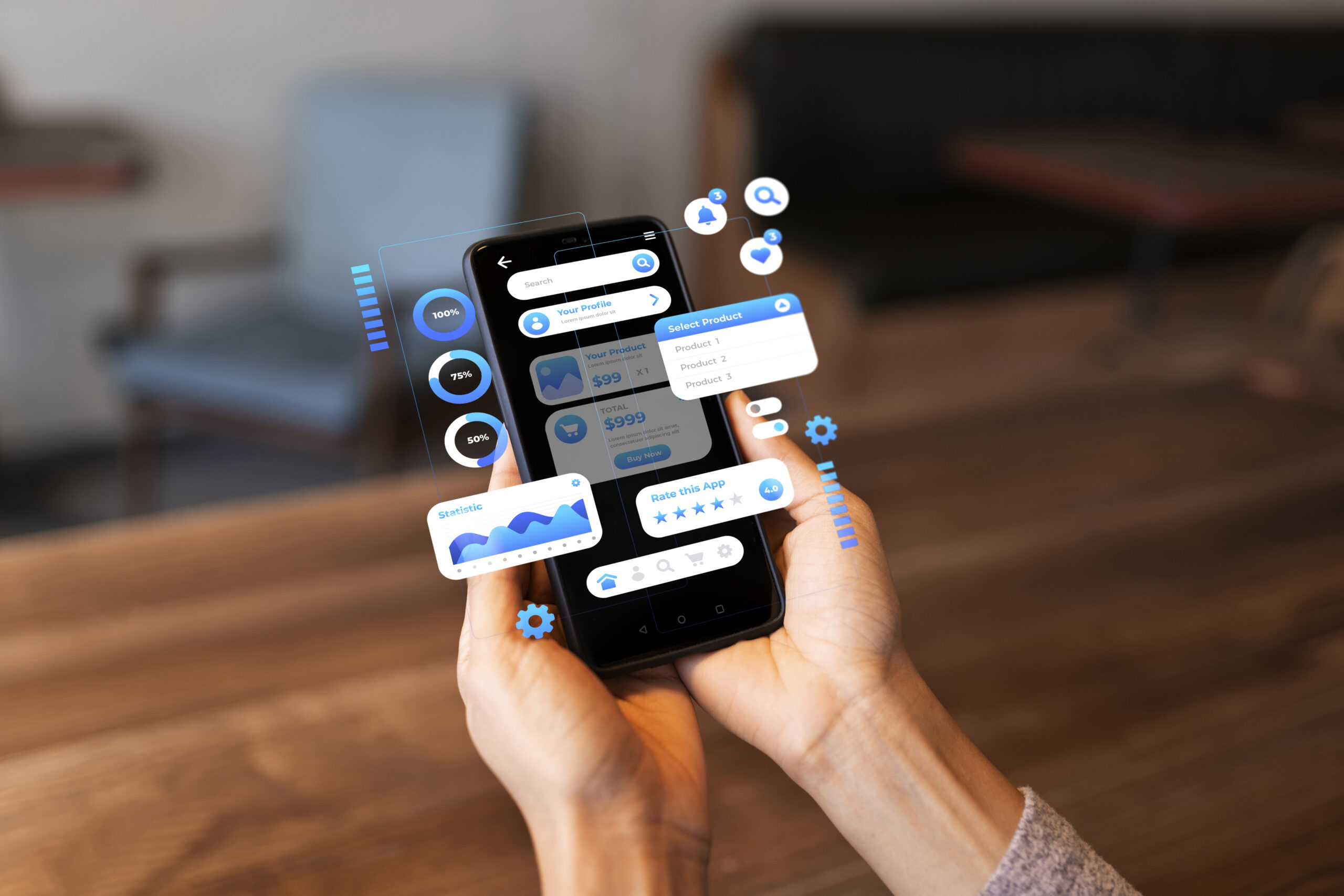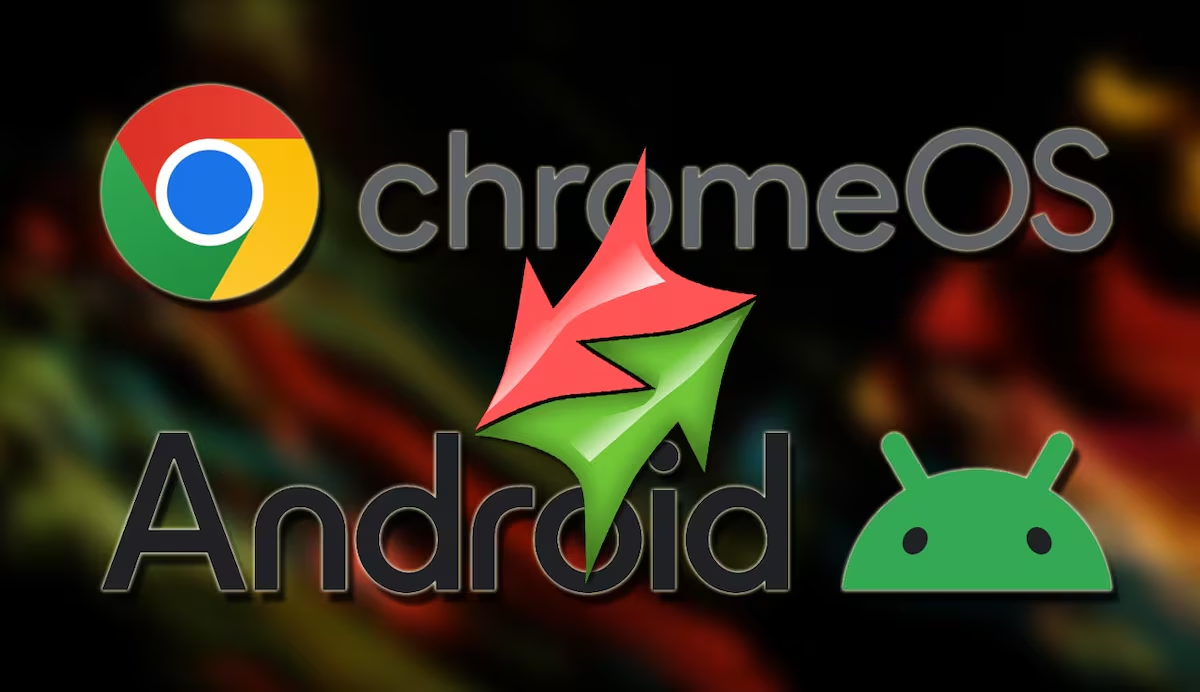Once upon a time, AI chatbots were simple. They replied with plain text, followed scripts, and often misunderstood you. Fast forward to 2025, and we’ve entered the era of multimodal AI—where bots don’t just talk. They see. They listen. They think across multiple formats—just like humans.
This isn’t just an upgrade. It’s a revolution.
In this post, we’ll unpack what multimodal AI really is, how it’s changing the way we interact with machines, and why businesses—from e-commerce to healthcare—are racing to adopt it.
What is Multimodal AI?
Multimodal AI refers to artificial intelligence systems that can understand, process, and respond using multiple types of input—like text, images, video, audio, and even sensor data. Think of it as a human brain: we interpret the world not just by what we hear, but what we see, feel, and say.
Until recently, most AI models were unimodal. A text bot only processed text. A vision model only handled images. But thanks to major advances from OpenAI (like GPT-4o), Google DeepMind (Gemini), and Meta (ImageBind), we’re seeing systems that can fluidly integrate multiple forms of input—and output.
Why It Matters: From Words to World Understanding
Here’s a real-world example.
Imagine you’re on a travel website and upload a photo of a beach. A multimodal chatbot not only recognizes it as a tropical location but understands the context—maybe you’re planning a summer trip. It can now respond with spoken suggestions, like:
“Looks like you’re in the mood for a sunny escape! Want to check flights to Bali or Maldives for next month?”
This feels less like using a tool—and more like talking to a human assistant.
Breakthroughs Driving Multimodal AI in 2025
Let’s look under the hood. These aren’t small upgrades—they’re giant leaps. Some key innovations powering multimodal AI today include:
1. Foundation Models (e.g., GPT-4o, Gemini 1.5 Pro)
These models are trained on diverse datasets across text, image, and speech, enabling them to understand context from all angles.
2. Vision-Language Models (VLMs)
Models like CLIP (OpenAI) and Flamingo (DeepMind) link images with language, allowing AIs to describe, caption, and interact with visual content.
3. Whisper and AudioBind for Audio
OpenAI’s Whisper can transcribe, translate, and understand audio in real time, while Meta’s AudioBind pairs sound with other modalities.
4. Multimodal Transformers
These architectures handle the fusion of different modalities, learning how to prioritize, combine, and make sense of mixed signals.
How Multimodal AI is Changing Chatbots (For Good)
We’ve come a long way from clunky helpdesk bots. Here’s how multimodal capabilities are enhancing chatbots in different sectors:
1. E-Commerce:
Customers can now upload product photos, speak queries, or show videos—and the chatbot understands it all. Whether you say “Find me shoes like these” or send a selfie to match sunglasses, it responds visually and verbally.
2. Healthcare:
Doctors and patients can describe symptoms through voice, share reports as images, or even show real-time videos. The AI assistant processes everything, helping triage cases or suggest likely diagnoses. (Think: symptom checker meets medical imaging.)
3. Education & Learning:
Multimodal tutors can read your typed question, hear your voice pronunciation, analyze your handwriting, and even give visual feedback—making learning deeply interactive and personalized.
4. Banking & Finance:
Smart assistants can now process ID documents, answer spoken queries, flag anomalies on graphs, and guide users through video walkthroughs—all in one seamless flow.
Real-World Applications Already in Play
- Duolingo’s AI tutor integrates voice and visual learning for immersive language experiences.
- Snapchat’s My AI lets users chat using voice and share images, blending social interaction with smart suggestions.
- Google’s Project Astra shows a vision of always-on AI assistants that remember, see, and speak back contextually.
Stats & Data That Prove It’s Big
- 71% of global enterprises plan to invest in multimodal AI systems by end of 2025 (Gartner, AI Trends 2025).
- Multimodal AI market expected to hit $56 billion by 2027 (Allied Market Research).
- OpenAI reports that GPT-4o handles audio + visual + text inputs 5x faster than previous models—and with significantly reduced cost.
Why Businesses Can’t Ignore This
Here’s the thing: today’s users expect AI to do more than reply. They expect it to understand them.
Multimodal AI meets users where they are—across platforms, senses, and contexts. This drives:
- Higher engagement: Conversational UX feels natural and frictionless.
- Better conversions: Visual + verbal interactions guide users to decisions faster.
- Deeper insights: Multiple input types give richer data for better personalization.
Challenges to Watch
Of course, it’s not all rainbows.
- Data Privacy: More data types = more privacy concerns. Companies must handle image/audio securely and ethically.
- Model Complexity: Training and integrating multimodal models demands serious computing power and infrastructure.
- Bias & Fairness: AI trained on visual and audio data can inherit cultural or gender bias. Transparent tuning and oversight are critical.
The Future: Always-On, Embodied AI
Imagine your phone, wearable, or AR glasses powered by multimodal AI. It sees what you see, hears what you say, and helps you in the moment. This is what companies like OpenAI, Meta, and Google are moving toward.
In Sam Altman’s words:
“Your computer wasn’t built for AI. We’re building something entirely new for that future.”
Conclusion: The Chatbot is Becoming Human—Almost
Multimodal AI marks a turning point. We’re not just building better bots—we’re building smarter, more intuitive companions.
And whether you’re a tech founder, a digital marketer, or just someone fascinated by AI, this isn’t just another buzzword. It’s a blueprint for the next era of interaction.





